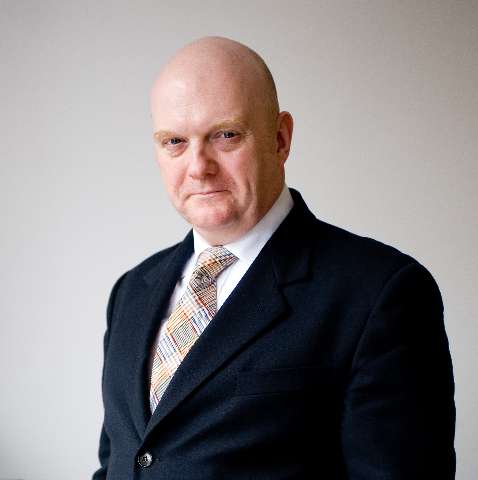If Rambert has such a thing as a Risk Register then this danced expansion of the Peaky Blinders TV franchise would have a solid green light for commercial potential but an amber rating for artistic merit. That risk lies in creating a show to please both the diehard Peaky Blinder fans, judging by the number of flat caps (hopefully, minus razorblades), waistcoats, fob watches and vintage dresses on view, there were legions of them here in Norwich, and those who know nothing about Tommy Shelby and Co but came to enjoy an evening of dance. By coincidence, my four companions in Norwich were split down the middle with two huge Shelby fans and two complete newbies to the Peaky world (one of whom thought that Peaky Blinders was a place)!
So, how did Rambert fare? Was it a Peaky Blunder for either side of this divide or did they manage the tightrope well between the two audience groups? The enthusiastic reaction of everyone bearing the many flat caps suggests that the collaboration between director/choreographer, Benoit Swan Pouffer and Stephen Knight, the creator of the Peaky Blinders drama, has achieved the alchemy of turning four series (it doesn’t go as far as seasons 5 and 6) of a much-loved TV programme into a two-hour dance programme. The fans of Cillian Murphy and crew (including, of course, the late and much lamented Helen McCrory) were unequivocally satisfied.
The show worked less well for the uninitiated and both my Peaky Blinder virgins felt that their understanding of events depicted on the stage would have benefitted from a brief synopsis. There was an occasional spoken narration, by Benjamin Zephaniah (who played Jeremiah across all six seasons), that explained the headlines and some aspects of the story-telling were clear, not least in a violent opening sequence that depicted the back history of the main protagonists as part of a WWI Tunnelling Brigade. Some aspects were necessarily truncated: Shelby’s wife, Grace (a sinuous, sensual performance by Naya Lovell) appears to have been shot at their wedding, whereas her murder happens much later in the TV shows; and the gang’s gradual criminal expansion is fast-tracked (although morphing from the fairground carousel to the horse-racing sequence was fun). Some characters were a little blurry and some scenes were overlong (this was particularly true of Act 2’s opening opium den scene and the later mass brawl). The costumes (by in-house designer, Richard Gellar) were authentic for both TV show and period (1920s) although the strange headwear worn by the opium den attendants seemed more outer space than outer mind.
The staging (by Moi Tran) was magnificent, providing platforms, trenches and channels for action on many levels and an elevated place for the excellent onstage band. The music was also superb with a bespoke score by Roman GianArthur mixed in with an eclectic range of music from the TV shows. It is very loud – much like a rock concert - so anyone with sensitive hearing should beware. The final group dance to the Red Right Hand, the main theme by Nick Cave and The Bad Seeds, built to an outstanding and uplifting climax that brought large swathes of the audience to its feet. Swan Pouffer’s choreography was excellent both here and in his realistic management of fight scenes but I would have liked to see more show-stopping dance, especially in the first act, which seemed preoccupied with carrying the complexities of the narrative.
Guillaume Quéau was so unrecognisable as Tommy Shelby that I had to recheck the programme at the interval to be sure that it was really him. The association of Cillian Murphy with this role is so great that it could be a poisoned chalice for anyone else to take on this mantle but Quéau did well to portray both sides: violence and vengefulness; remorse and redemption. Simone Damberg Würtz took on the McCrory role of the matriarch, Polly, with significant aplomb in a striking outfit with blue suede laced-up boots and a dagger strapped to her thigh (also doubling up as a doomed police inspector, shot dead by Grace) and Musa Motha was extraordinary as the newly-minted gang member, Barney. The ensemble was tremendous in all the group dances and fight sequences.
The powerful and spectacular staging, both visually and aurally, is unlikely to inspire an insipid response and I’m guessing that people will either love or loathe this show, which attests to the impressive risk-taking attitude of Rambert’s management. Of greater importance is the new audience being introduced to dance on the back of their love of Peaky Blinders. I suspect that this sold-out house is not the norm in Norwich for a traditional Rambert triple bill and hopefully some of these confirmed Peaky Blinders' fans will come again to see more dance programming in the future.




